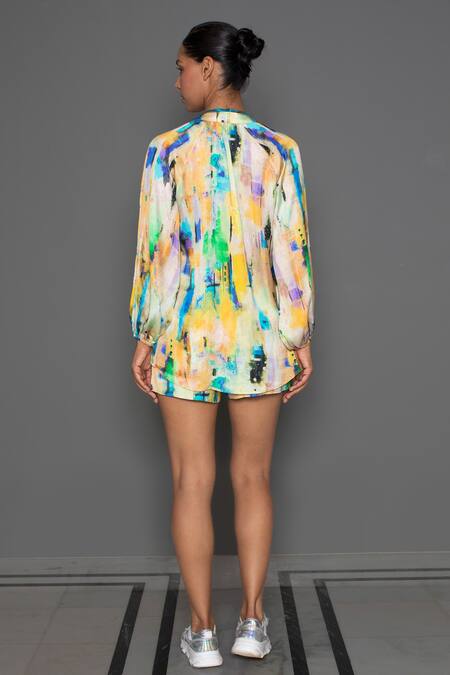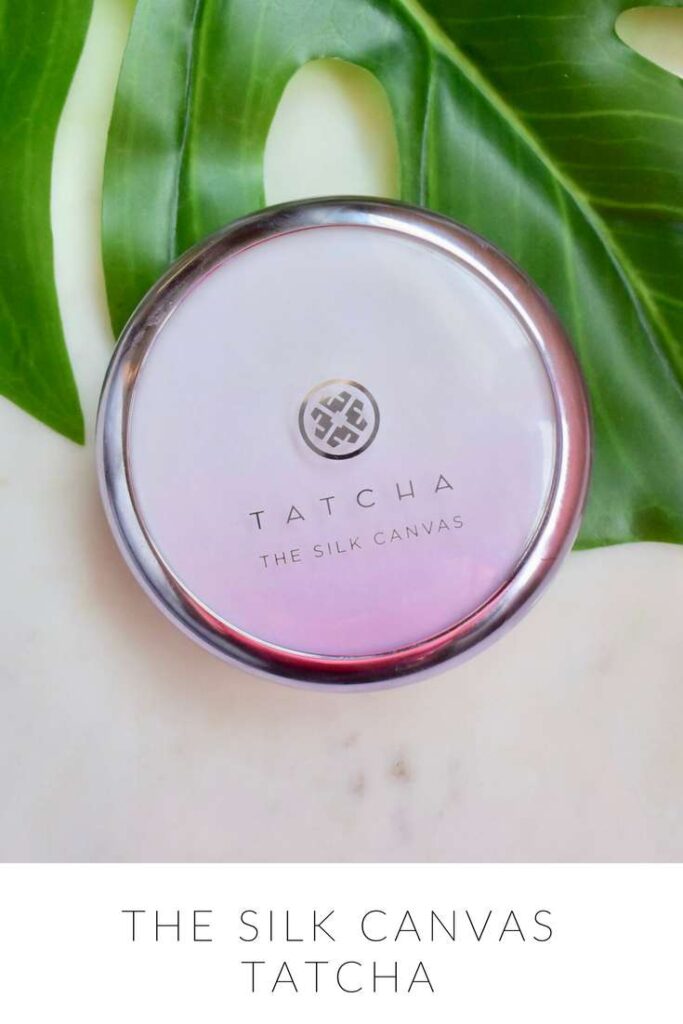Can Silk and Canvas Be Successfully Combined in Modern Fashion?

Introduction
Fabric compatibility is crucial in fashion and sewing, as it influences the final look, feel, and durability of a garment. Silk and canvas, two distinct materials, offer unique properties that can be harmonized for innovative designs. This article explores their compatibility, benefits, challenges, and practical sewing tips for combining these fabrics effectively.
Compatibility Analysis
Can silk and canvas be used together in fashion? Yes, they can!
Silk and canvas, though different in texture and weight, can complement each other beautifully when used correctly. Silk is smooth, lightweight, and luxurious, while canvas is sturdy and textured. Their combination can create garments with enhanced texture and visual interest. However, the key to their successful pairing lies in understanding their properties and how they interact.
Key Factors:
- Texture: Silk’s smoothness contrasts with canvas’s roughness, offering a unique tactile experience.
- Weight: Silk is lightweight, while canvas is heavier, requiring careful balancing in garment construction.
- Stretch: Silk has minimal stretch, whereas canvas is generally non-stretch, necessitating precise cutting and sewing.
- Care Requirements: Silk often requires gentle care, while canvas is more robust, demanding careful attention to cleaning methods.
- Durability: Canvas is more durable, but silk adds elegance and fluidity.
Fabric Properties Comparison Table
| Property | Silk | Canvas |
|---|---|---|
| Fiber Content | Natural (silkworm) | Natural (cotton, hemp) or synthetic (polyester) |
| Weight and Thickness | Light and thin | Heavy and thick |
| Breathability | High | Moderate |
| Stretch and Elasticity | Low | Very low |
| Wrinkle Resistance | Moderate | High |
| Care Instructions | Hand wash or dry clean, low iron | Machine wash, high iron |
| Durability | Moderate | High |
Benefits of Mixing These Fabrics
- Enhanced Texture and Visual Interest: The contrast between silk’s sheen and canvas’s matte finish adds depth and intrigue to designs.
- Improved Comfort and Performance: Silk provides softness and breathability, while canvas offers structure and strength.
- Better Drape and Movement: Silk enhances flow, while canvas maintains form.
- Cost-effectiveness: Using canvas for structural elements can reduce the overall cost of silk-heavy garments.
- Seasonal Versatility: This combination works well across seasons, with silk cooling in summer and canvas adding warmth in winter.
- Design Possibilities: From structured jackets to flowing skirts, the pairing opens up a wide range of creative possibilities.
Potential Challenges
- Different Shrinkage Rates: Pre-wash fabrics to prevent uneven shrinkage.
- Conflicting Care Requirements: Opt for hand washing or gentle cycles to accommodate both fabrics.
- Texture Clash or Pilling: Use interfacing to manage texture differences and prevent pilling.
- Seam Puckering: Employ proper tension settings and stitch length to avoid puckering.
- Color Bleeding or Fading: Test for colorfastness before combining fabrics.
Sewing & Styling Tips
- Sewing Techniques: Use a sharp needle (size 70/10) for silk and a universal needle (size 90/14) for canvas.
- Needle and Thread: Silk thread for silk sections, polyester thread for canvas areas.
- Interfacing and Stabilizer Needs: Lightweight interfacing for silk, medium-weight for canvas.
- Seam Finishing Methods: French seams for silk, serged edges for canvas.
- Pattern Selection Advice: Choose patterns that highlight the contrast between the flowing nature of silk and the structure of canvas.
- Styling Ideas: Pair a silk blouse with a canvas skirt for a chic look, or use canvas for structured jackets over silk dresses.
Care & Maintenance Guide
- Washing Instructions: Hand wash in cold water or use a delicate cycle.
- Drying Recommendations: Air dry to prevent shrinkage and maintain fabric integrity.
- Ironing and Steaming Tips: Use a low setting for silk and a higher setting for canvas.
- Stain Removal: Treat silk stains gently with mild detergent; canvas can withstand more vigorous cleaning.
- Long-term Care: Store silk and canvas garments in breathable garment bags to prevent damage.
FAQ Section
-
Can you wash silk and canvas together?
Yes, but use cold water and a gentle cycle to protect silk. -
Will silk shrink more than canvas?
Silk may shrink slightly more; pre-wash both fabrics before sewing. -
What needle size should I use for sewing these fabrics together?
Use a size 70/10 needle for silk and a size 90/14 needle for canvas. -
Can you mix silk and canvas in one garment?
Absolutely, this combination can create stunning contrasts and textures. -
How do you prevent seam puckering when combining these fabrics?
Adjust the tension settings and use a longer stitch length. -
Is it okay to mix silk and canvas for upholstery?
It’s possible but not recommended due to silk’s delicate nature. -
What’s the best way to finish seams with silk and canvas?
Use French seams for silk and serged seams for canvas for a clean finish.
By understanding the unique properties of silk and canvas, you can create fashionable and durable garments that showcase the best of both worlds. Whether for clothing or home decor, this fabric pairing offers endless possibilities for creativity and innovation.

Leave a Reply